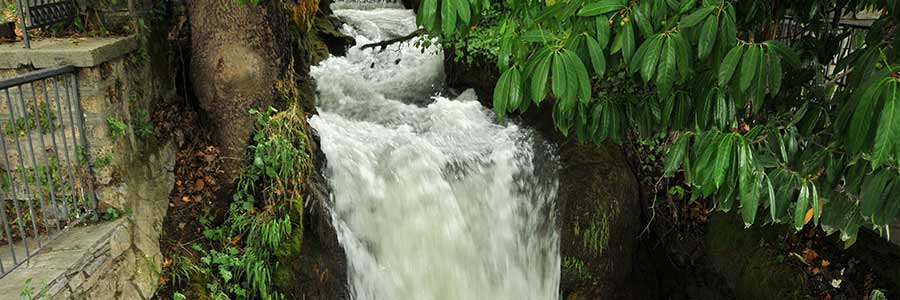Edessa - Kingdom of Macedonia and waterfalls

The city of Edessa was for a time at the centre of ancient Macedonian culture. The country was already inhabited by people in prehistoric times and experienced a period of prosperity during the rule of the Macedonians.
Edessa was inhabited until the 6th century BC. The first capital of the Kingdom of Macedonia. The remains of the ancient city can be found southeast of the current city. The capital of the Kingdom of Macedonia was later moved to Vergina. With the Macedonian defeat against the Roman Empire in 168 BC. In the Battle of Pydna, Edessa, like the rest of Macedonia, lost its independence.
In the 4th century BC the city became part of the Roman province of Macedonia.
The shape of the Edessa waterfalls changed over time. Until the end of the 14th century, the water collected in a small lake to the west of the city. After an earthquake or a strong storm, the water poured through the city to a precipice where today's waterfalls were formed. Many visitors in the 17th and 18th centuries described the city as a high cliff with many waterfalls cascading down it. In 1963, construction work by the Greek Electricity Company on the Agras hydroelectric power station on the Edessa River west of the city meant that the waterfalls were in danger of drying up. The citizens of Edessa protested violently and on August 19, 1963, significant protests forced the construction work to be stopped.
Es gibt keine Beiträge in dieser Kategorie. Wenn Unterkategorien angezeigt werden, können diese aber Beiträge enthalten.